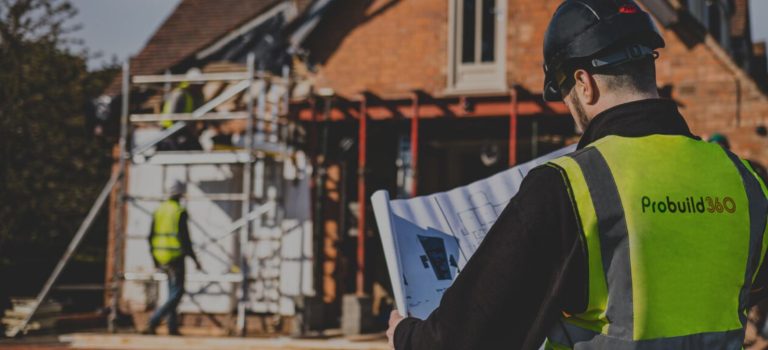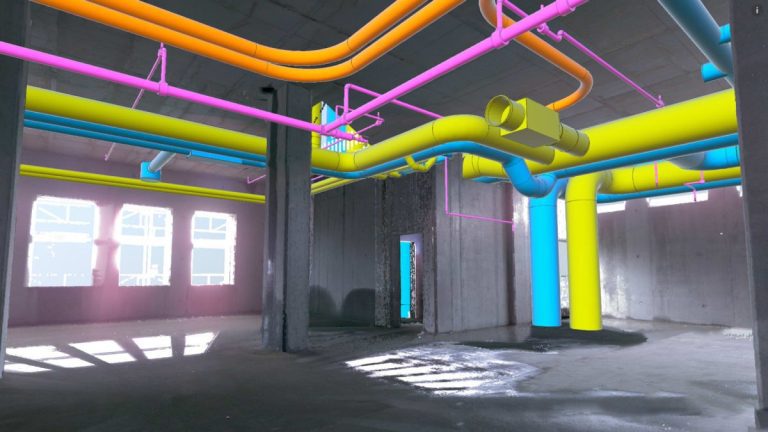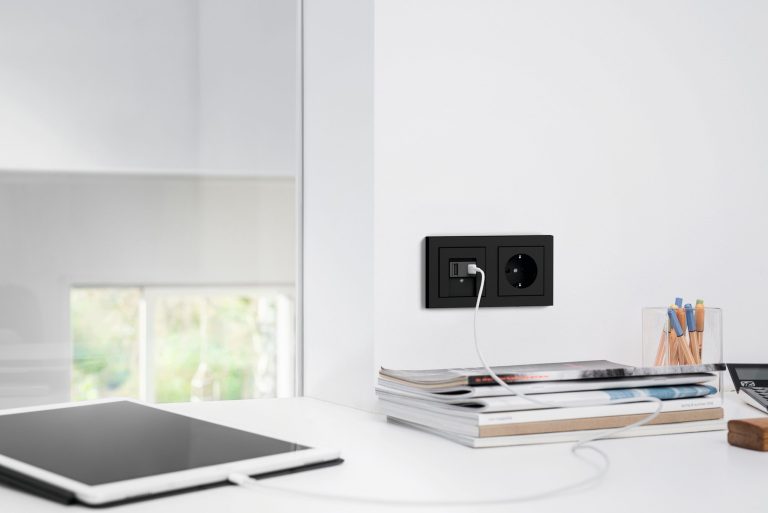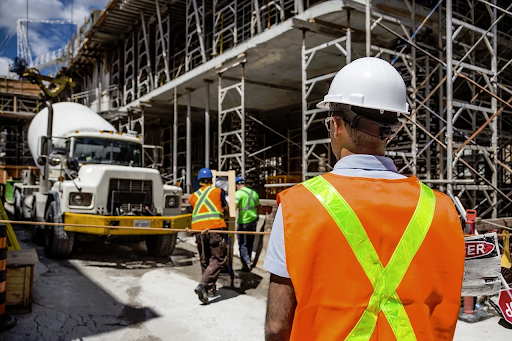One of the amazing aspects of the green revolution is the wave of new technologies that it has inspired. From industrial facilities reabsorbing their carbon emissions to reengineering the infrastructure of entire cities to run on clean energy, our communities will start seeing major benefits from a much-needed shift towards a renewable future. Frontier technologies in green construction, green building, and smart buildings are at the forefront of this innovation trend. Green Development LLC, a leading provider of large-scale solar and wind projects in Rhode Island, introduces us to how these technologies are shaping our future. Green Building Green building is the process of using environmentally responsible and resource-efficient materials and methods throughout a building’s entire lifecycle. All phases of a building—including siting, design, construction, operation, maintenance, renovation, and deconstruction—are taken into account to reduce the impacts of the built environment on human health and the natural environment and to be consistent with the principles of a circular economy. Green Construction According to Green Rating for Integrated Habitat Assessment (GRIHA), traditional construction contributes an estimated 50% of the world’s air pollution, 42% of its greenhouse gases, 50% of all water pollution, 48% of all solid wastes, and 50% of all Chlorofluorocarbon CFCs to the environment. Green construction utilizes sustainable, low-impact materials that take into account resource efficiency, indoor air quality, energy efficiency, water conservation, and affordability. Materials typically have one or more of the following attributes: recycled, natural or renewable, locally available, reusable or recyclable, salvaged, refurbished, remanufactured, locally available, or durable. Developers select these products after thorough research, evaluation, and selection. Smart Buildings Green buildings are all about resource efficiency and building performance. Smart buildings are also built with efficiency as a central guiding principle, but in this case, the focus is on construction and operational efficiency—minimizing energy use and demand on the grid. In recent years, the term “GEB” (grid-interactive efficient building) has become synonymous with the term “smart building.” GEBs achieve operational efficiency by connecting the various operational components of buildings—lighting, security, heating, ventilation, and air conditioning—with the grid, distributed energy resources, and the occupants in an integrated, dynamic, and functional way. The U.S. Office of Energy Efficiency and Renewable Energy recently awarded $61 million, via the Grid-interactive Efficient Building (GEB) Initiative, to ten projects focused on developing smart buildings and accelerating renewable energy adoption. Some key characteristics of GEBs include: Efficiency: Maintaining a low level of energy usage in order to minimize demand on the grid is a primary goal of a GEB. Connectivity: Ongoing two-way communication is facilitated between the building and its occupants and the building and the grid. Intelligence: Smart, AI-enabled software collects information via sensors and other controls, generates ongoing analytics, and adjusts energy use to match occupancy patterns and preferences. Flexibility: Energy loads for the building can be shifted across energy sources or stored, as needed throughout the day, to reduce energy costs. Energy sources could include behind-the-meter renewable energy sources, stored energy, or EVs, in addition to the grid. The recent attention on GEBs has the potential to help countries reduce their carbon footprints and electricity costs, thanks to their ability to interact with the grid, adjust energy loads dynamically, and tap into distributed energy resources, as needed. Certifications Two important certifications are available for green buildings: the Environmental Protection Agency (EPA) Green Building Standards and Leadership in Energy and Environmental Design (LEED) certification. The latter is the most widely used green building rating system in the world. In addition, Smart Building Certification also exists for certifying smart buildings. On the consumer’s end, certifications from reliable sources ensure a high degree of standard and, therefore, trust. The U.S. Green Building Council (USGBC) claims that LEED-certified buildings have lease-up rates up to 20% above average and vacancy rates about 4% lower than non-green properties. USGBC also emphasizes that 61% of corporate leaders believe that sustainability leads to better financial performance and market differentiation. EPA Green Building Standards The EPA provides a table of Green Building Standards, two mandatory and four voluntary standards. International Green Construction Code (IgCC) and Standard for the Design of High-Performance Green Buildings Except Low-Rise Residential Buildings (ASHRAE 189.1) are the mandatory standards for all residential multi-family buildings with more than three stories, in addition to buildings designated for commercial, industrial, or mixed-use purposes. The standards include subject areas such as energy efficiency, water efficiency, materials, and resource use, indoor environmental quality, emissions, and sustainable sites. LEED Certification LEED offers different certifications for building design and construction, interior design and construction, building operations and maintenance, neighborhood development, homes, cities and communities, and more. The LEED v4 for BD+C: New Construction and Major Renovation Project Checklist, for example, can be used to evaluate criteria such as location and transportation, sustainable sites, water efficiency, energy and atmosphere, materials and resources, indoor environmental quality, innovation, and regional priority. Smart Building Certification Smart Building Certification offers several levels of certifications: Platinum, Gold, Silver, and Bronze. The certification process reviews how well the system integrates with the building and its components, how the building affects user behavior and collaboration, health and safety standards, the physical environment of the building, the building’s performance, and how people use the building. Each smart building project is assessed with three independent reviewers in a peer review model to ensure the maximum integrity of the evaluation. About Green Development LLC Green Development LLC is the leading developer of large-scale renewable energy projects in Rhode Island, specializing in wind, solar, and battery storage. The company delivers significant energy savings to municipalities, quasi-public entities, nonprofits, and other qualified entities through the virtual net metering program while providing long-term lease payments to landowners and farmers. Since 2009, Green Development has been instrumental in transforming the energy mix in Rhode Island to clean, reliable energy. The company has developed more than 70 MW in solar and wind capacity, with plans to add 75 MW in 2021. Green Development is devoted to preserving farmland, reducing water and air pollution, increasing energy security, and creating














